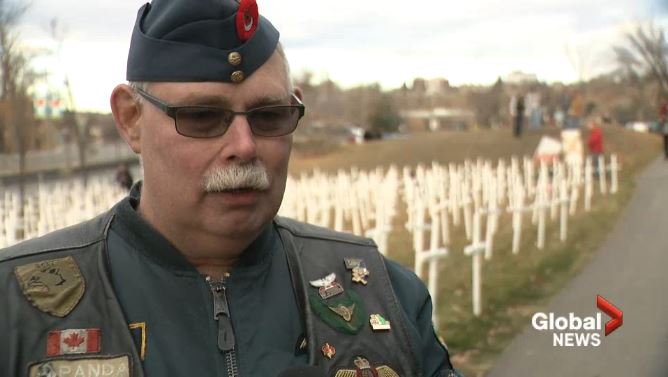
Field of Crosses: Calgary Cold War vet calls latest nuclear war threat ‘ludicrous’
Dozens of volunteers were working along Memorial Drive in Calgary on Saturday, erecting the annual Field of Crosses Memorial Project. Click to watch the video. In total, 3,400 crosses are being displayed this year on to memorialize Southern Alberta soldiers who were...
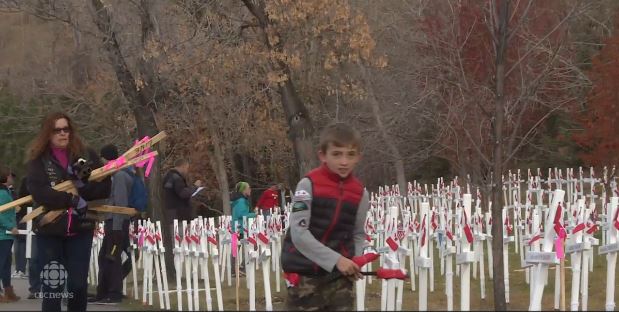
Field of Crosses honours fallen southern Alberta soldiers
Thousands of fallen soldiers from southern Alberta are once again being honoured in the Field of Crosses in Calgary. Click to watch the video. Volunteers began work Saturday on the field, which sees the name of each southern Alberta soldier killed in action — dating...
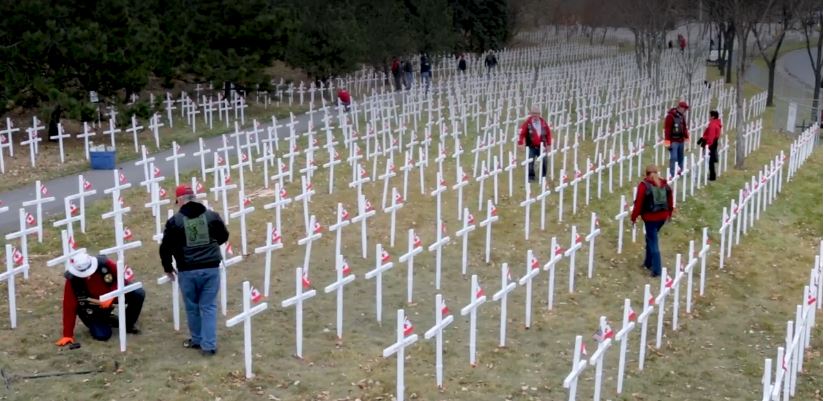
Hundreds of new crosses join solemn field honouring fallen soldiers
On a calm, fall morning along the Bow River, Royal Canadian Air Force veteran Dan McLean looked on as the annual commemoration of his fallen comrades began. Click to watch the video. McLean spent Saturday morning looking over the Field of Crosses, which from Nov....
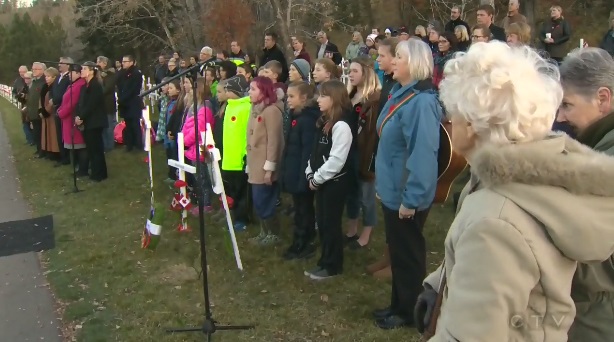
Students attend sunrise ceremony in honour of fallen Canadians
The Field of Crosses along Memorial Drive honours soldiers from southern Alberta who lost their lives fighting for Canada and on Thursday a number of students from Sunnyside Elementary attended the sunrise ceremony to learn more about the initiative. Click to watch...
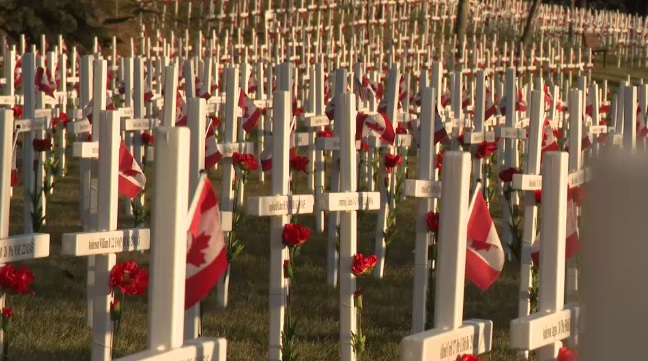
Remembrance day begins in Calgary with the sunset ceremony at the field of crosses.
Tue, Nov 1: A lot of Canadians, put on poppies to show respect, and support. Here in calgary, the first sunset ceremony at the field of crosses. The site should have a lot of visitors over the next 11 days, and the legion will take all the support they can get. As the...

